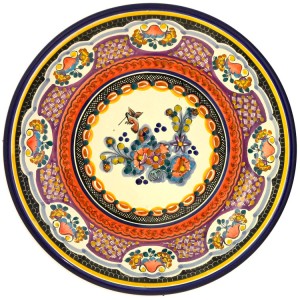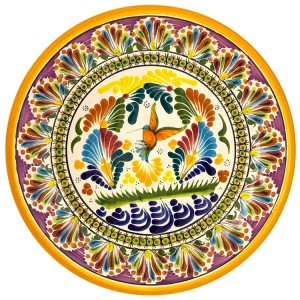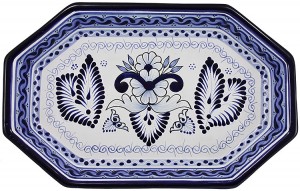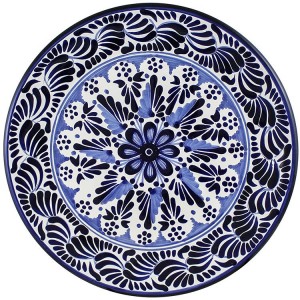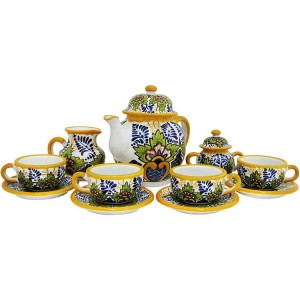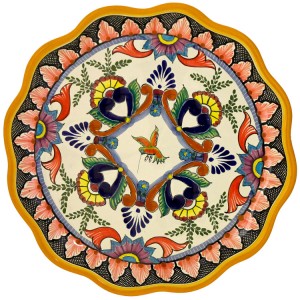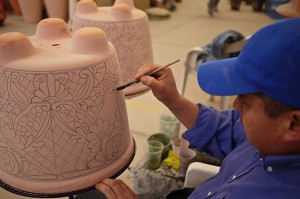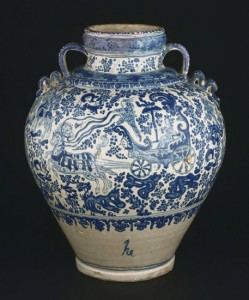Talavera Figures are the perfect home accent for those who appreciate the old-world craftsmanship of Talavera pottery in a popular Day of the Dead (Dia de los Muertos) design. You’ll find that each meticulously handmade Day of the Dead figure comes from Dolores Hidalgo, Mexico, and embodies all the colorful charm of Mexican Talavera which you love!
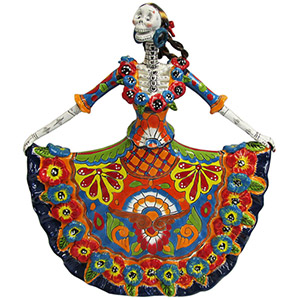
Nearly two dozen high-quality Talavera Figures are readily available for purchase from our online store. If you’re enthralled withCatrinas, then you’re sure to find one to add to your collection today! Some of our personal favorites are the Day of the Dead Ballerina Figures which are available in two sizes. The large Ballerina’s feature an adjustable and removable head and stand over 21” tall. Each unique and vibrant figure is richly painted in classic Talavera motifs.
If a Day of the Dead Skull is more up your alley, then check out our three different high-quality Talavera Skulls. Each skull is festively decorated with butterflies or flowers and is the perfect size to display on a desk or bookshelf.
For those with a sense of humor, you may enjoy our Day of the Dead Donkey or Day of the Dead Chameleon. As with all of our Talavera selections, each figure is meticulously handmade for years and years of enjoyment. Since each figure is handmade, please keep in mind that colors and designs may vary slightly, which in our opinion just adds to the charm of your new collectible!
La Fuente offers one of the largest selections of Day of the Dead collectibles online. You’ll find Day of the Dead Figures Under $20; Paper Mache Figures; Day of the Dead Tiles and even T-Shirts and Home Accessories. Browse our entire Day of the Dead product line today!

